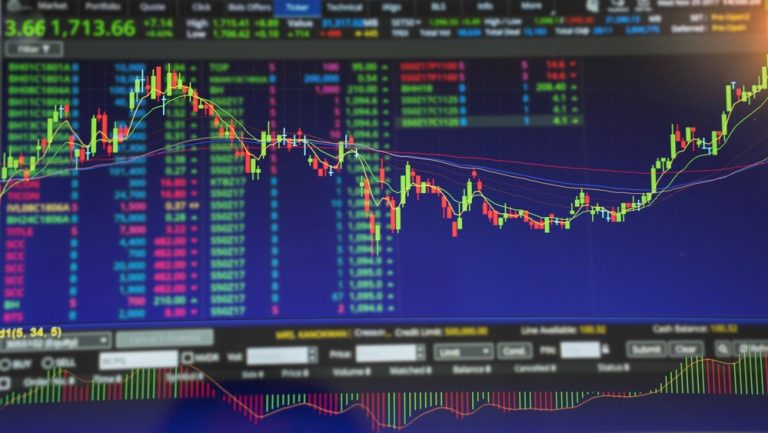
As you will by now no doubt be aware, contracts for difference are highly versatile instruments that were invented to give traders a flexible alternative to regular investing. This is further confirmed true with the ability to trade bonds on contracts for difference across both government and corporate issuers, allowing the natural leverage of CFDs to come into play in boosting the profits available to traders. But why would anyone choose to trade bonds through CFDs rather than getting involved directly, and what advantages are there to be had from trading on contracts for bonds?
Bonds are essential loan notes issued by businesses and governments to raise money. Unlike shares, bonds do not result in any equity changing hands, although they can be exchange traded and offered publicly.
Bonds are more akin to the deposit-taking activities of banks, insofar as the issuer offers a guarantee to an investor to pay back the face value plus interest at some define maturity date – giving the investor a dependable yield (so long as the issuer remains liquid), and giving the issuer a means of quickly raising capital without having to dilute equity.
Key Advantage of Trading Bonds with CFDs
Perhaps the key advantage of trading bonds with CFD trading, as is almost always the case with contracts for difference, is the ability to leverage small price movements because of the margins at play, and the option to free up capital to pursue other investment strategies. In practicality, margin requirements of as low as 5% make investing in bonds a much more lucrative pursuit. That said, it must be remembered that the pricing of bonds can go both up and down, albeit within a comparatively more limited range.
The value of bonds is intrinsically linked to both movements in interest rates and the direct supply and demand for the particular type of bond in question. Bonds serve as an alternative to savings, so where interest rates are running high it is likely that bonds will be more readily available – being more expensive for businesses and governments to borrow, while paying less interest to private investors compared to bank deposits. The inverse is also true – where interest rates are low, bonds may be favoured as a low-risk but slightly higher yield form of investment.
Ultimately, the actual price of a given bond is determined by its market demand, with demand pushing prices up and supply pushing prices down. Of course, with CFDs there’s no option to sit things out and wait for the bond to mature, so your trading must be more closely aligned price fluctuations in order to realise a profit.
Bonds are an extremely useful tool for those looking to devise a solid trading portfolio, and can come to form a crucial part of your approach to trading over time. Where you’re looking for an alternative way to hedge against interest rate fluctuations, or a solid strategy for significantly leveraging the gains to be had on fluctuations in the bond markets, CFDs are more often than not ideal instruments to facilitate your trading and provide you with a coherent, stable and lucrative means of investment.






